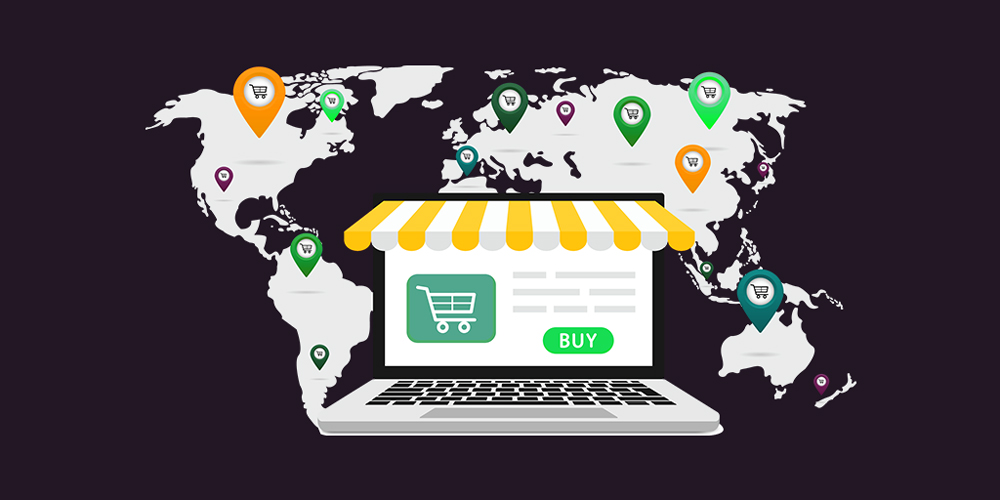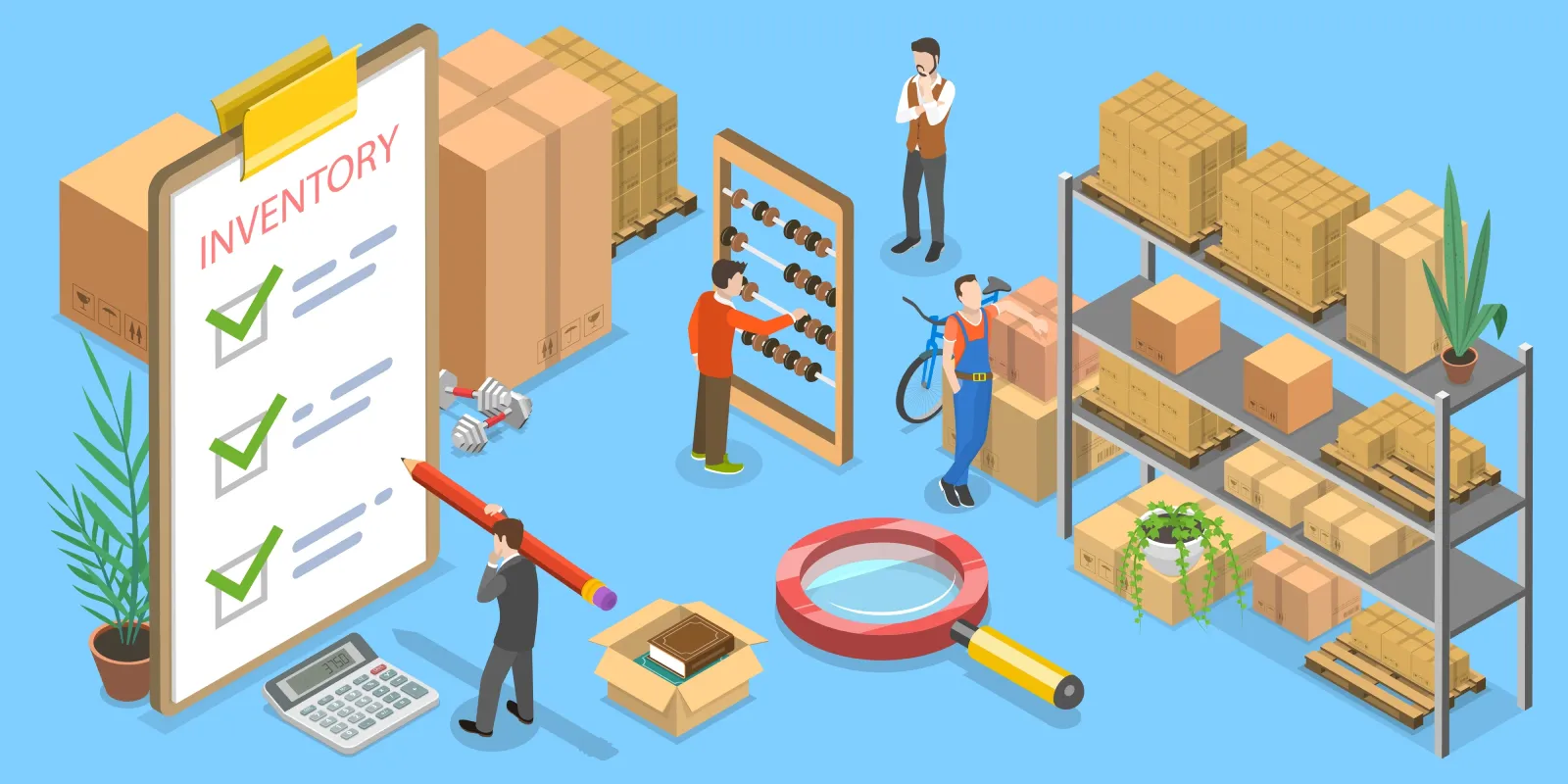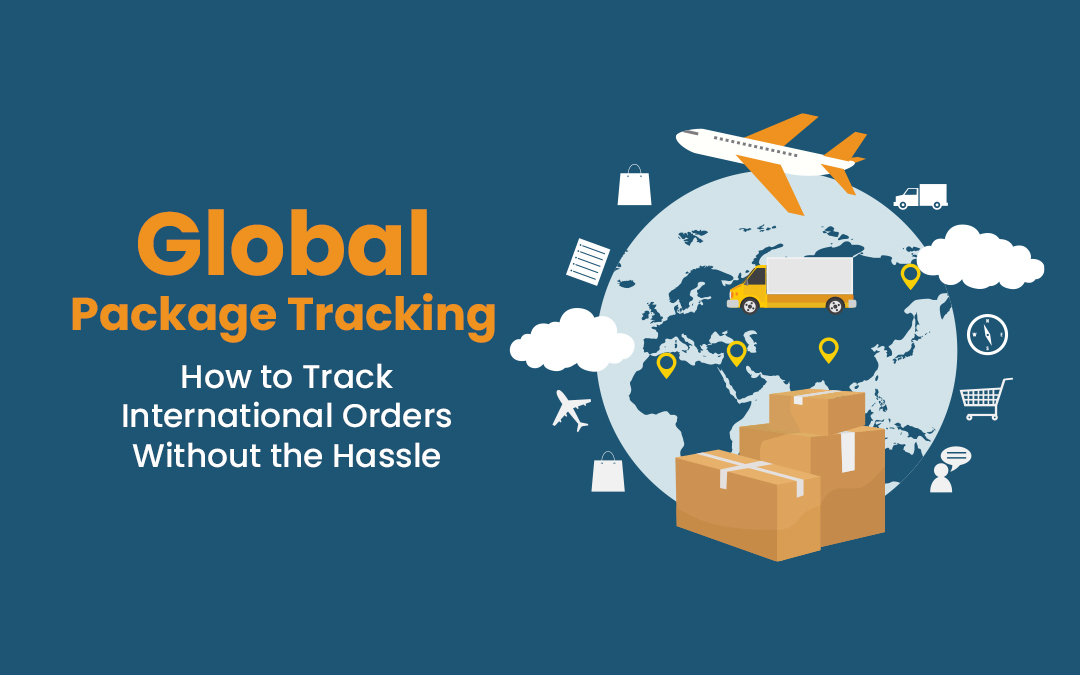Global Fulfillment for Small Businesses: Tips for Expanding Your Reach Globally
Global fulfillment for small businesses has become more accessible than ever. With the rise of cross-border e-commerce and advanced logistics networks, even small brands can now reach customers worldwide. However, expanding globally requires smart planning, reliable partners, and efficient fulfillment strategies. This guide examines how small businesses can utilize international fulfillment to expand globally while maintaining high-quality service and operational efficiency.
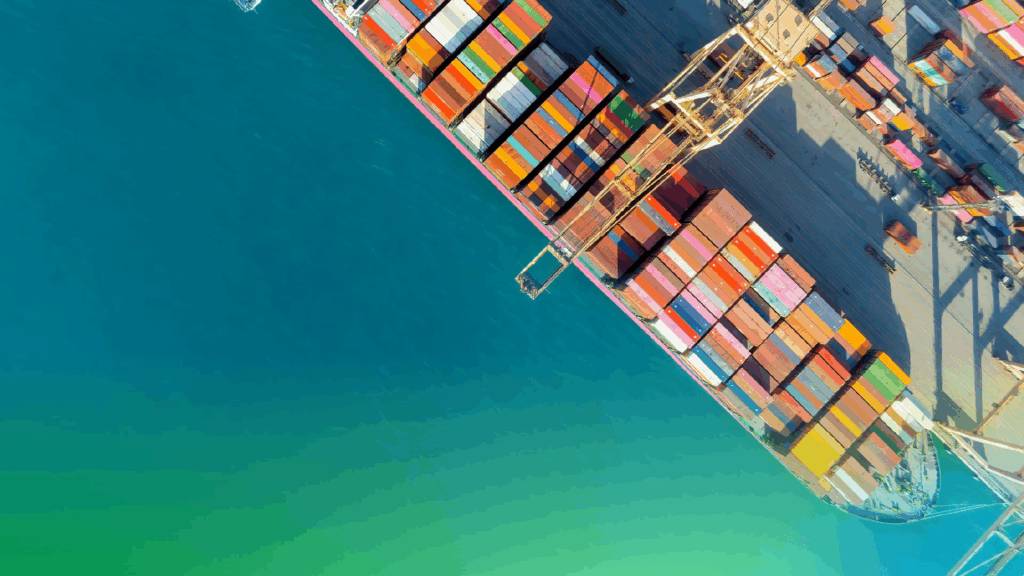
Understanding Global Fulfillment for Small Businesses
Global fulfillment refers to the process of storing, packaging, and shipping products to customers across different countries. For small businesses, it’s about building the right systems and partnerships to handle international orders smoothly without excessive costs or delays.
While large corporations often own fulfillment centers in multiple regions, small businesses usually rely on third-party fulfillment providers. These partners handle everything from warehousing to last-mile delivery, allowing small brands to focus on marketing, sales, and product development.
Why Global Fulfillment Matters
Expanding globally brings opportunities but also challenges. Efficient fulfillment is essential because it directly affects customer satisfaction, shipping speed, and brand reputation.
1. Faster International Shipping
Customers expect quick deliveries regardless of where they live. International fulfillment centers help shorten transit times by storing products closer to key markets. For instance, a business based in the U.S. can use European or Asian fulfillment hubs to deliver orders faster.
2. Lower Shipping Costs
Shipping internationally from a single domestic warehouse can be expensive. By partnering with global fulfillment providers, businesses can reduce international shipping rates and import taxes through localized operations.
3. Better Customer Experience
Fast, reliable, and trackable shipping improves trust. When customers can receive orders quickly and track their parcels easily, they’re more likely to buy again and recommend the brand.
Key Steps to Build an Effective Global Fulfillment Strategy

Expanding globally doesn’t mean jumping into every market at once. A structured approach ensures sustainable growth and reduced risk.
1. Research and Choose Target Markets
Not every market suits every product. Before expanding, research potential markets based on demand, competition, and logistics feasibility. Focus on regions where your products solve a clear customer need and shipping infrastructure is reliable.
2. Partner with the Right Fulfillment Provider
Choose a fulfillment partner experienced in international shipping. Look for providers that offer:
- Multi-country warehouse locations
- Transparent pricing models
- Real-time tracking systems
- Integration with your e-commerce platform
PostalParcel, for example, specializes in flexible international fulfillment for growing businesses, offering scalable solutions without complex setup costs.
3. Understand Local Regulations and Taxes
Each country has its import laws, customs fees, and product restrictions. Working with a knowledgeable logistics partner helps avoid customs delays and unexpected expenses. Some providers offer customs documentation and compliance services, simplifying the process.
4. Offer Multiple Shipping Options
Different customers prioritize different things — some value speed, others care more about cost. Providing both standard and express shipping options gives buyers flexibility and improves conversion rates.
How Technology Enhances Global Fulfillment
Modern technology makes international fulfillment manageable even for small teams. Automation, AI, and data analytics can streamline global operations from warehouse to delivery.
1. Automated Inventory Management
With cloud-based inventory tools, Small Enterprises can track stock levels across multiple warehouses. This helps prevent overselling, reduces waste, and ensures the right products are available in the right regions.
2. Real-Time Tracking and Communication
Customers expect to know where their order is at all times. Advanced fulfillment systems provide automatic shipping updates and tracking links, improving transparency and reducing support inquiries.
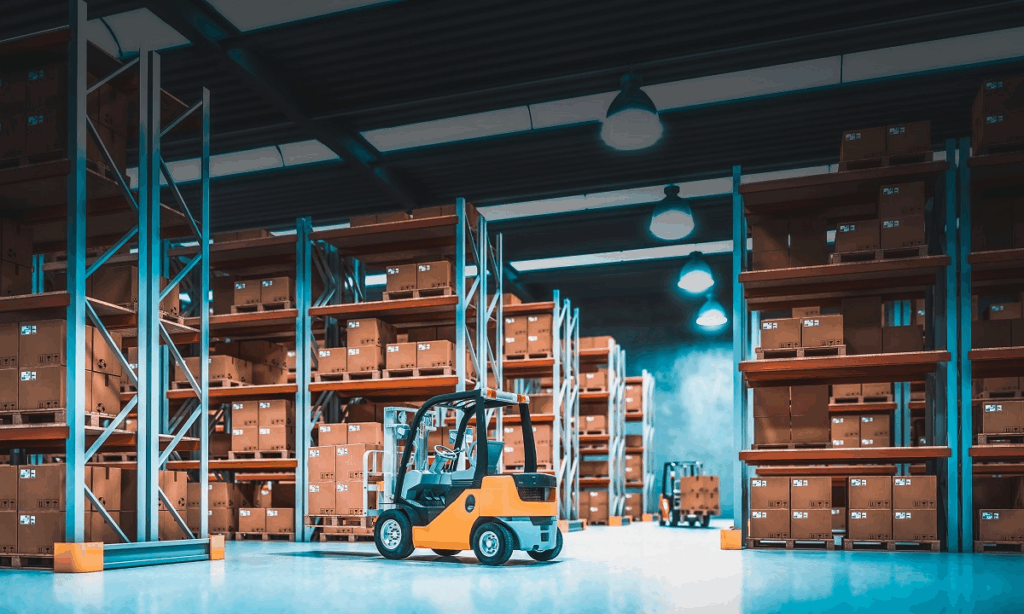
3. Data Insights for Smarter Decisions
Analytics reveal which products sell best in which regions, helping Small Enterprises plan inventory more effectively. For example, data might show that lightweight products sell better in markets with high shipping costs.
Common Global Fulfillment Challenges and How to Solve Them
Even with careful planning, global fulfillment presents unique challenges. Recognizing them early helps avoid costly mistakes.
1. High Shipping Costs
International delivery can quickly erode profit margins. To reduce costs:
- Use regional warehouses near major customer bases
- Optimize packaging to reduce weight and volume
- Negotiate bulk shipping discounts with carriers
2. Customs Delays
Delays at customs can frustrate customers. Avoid this by preparing accurate invoices, correct HS codes, and complete product descriptions. Partnering with an experienced fulfillment provider simplifies customs clearance.
3. Returns Management
International returns are tricky. Setting up localized return addresses or using regional warehouses allows faster and cheaper returns. Offering clear return policies in local languages also builds customer confidence.
Tips for Scaling Global Fulfillment Efficiently
1. Start Small, Then Expand
Begin by targeting one or two international markets before scaling further. This allows time to refine processes and fix potential issues without overwhelming operations.
2. Use Centralized Software
Adopting a fulfillment management system helps connect all logistics operations — from inventory to delivery tracking — into one dashboard. It saves time and prevents errors caused by manual updates.
3. Localize Customer Experience

Localization goes beyond language translation. It includes pricing in local currency, localized product descriptions, and regional payment options. The smoother the experience, the higher the conversion rates.
4. Plan for Peak Seasons
Global sales peaks vary across regions. For instance, Singles’ Day in China and Black Friday in the U.S. happen at different times. Keeping stock ready in advance ensures timely fulfillment during these busy periods.
How PostalParcel Supports Global Fulfillment for Small Businesses
PostalParcel helps Small Enterprises expand internationally by offering flexible fulfillment services tailored for cross-border growth. With warehouses in key regions, businesses can ship products closer to customers, reducing delivery times and costs.
Key benefits include:
- Worldwide warehousing and shipping coverage
- Integrated tracking and analytics dashboard
- Simplified customs and tax management
- Fast setup with no complex technical requirements
This global infrastructure allows small e-commerce brands to scale confidently without large upfront investments.
Sustainability in Global Fulfillment
Eco-friendly logistics are becoming a core part of global fulfillment strategies. Many fulfillment providers now use sustainable packaging, optimize routes to cut emissions, and partner with carriers using green transport methods. Small Enterprises that adopt these practices not only reduce their carbon footprint but also attract eco-conscious consumers.
Conclusion
Global fulfillment for Small Enterprises opens doors to new markets and wider audiences. With careful planning, reliable logistics partners, and smart use of technology, even small brands can operate like global players. Focusing on efficiency, customer satisfaction, and sustainability ensures long-term success in the international e-commerce sector.
PostalParcel provides the tools and network needed to make global expansion simple, reliable, and scalable for small businesses ready to take the next step toward worldwide growth.
Industry Insights
news via inbox
Nulla turp dis cursus. Integer liberos euismod pretium faucibua


